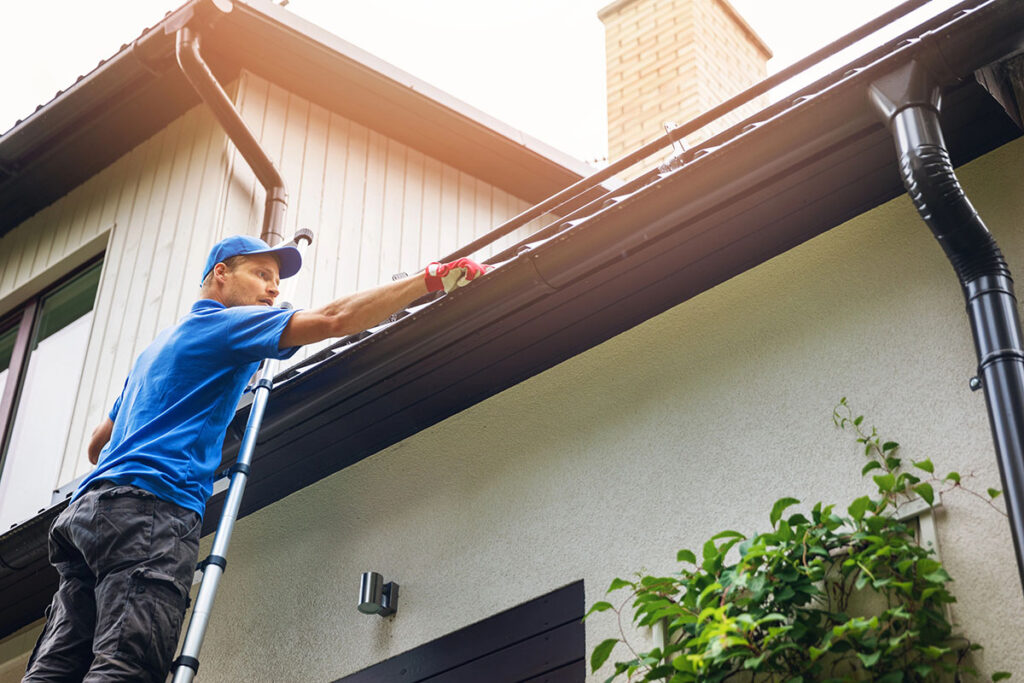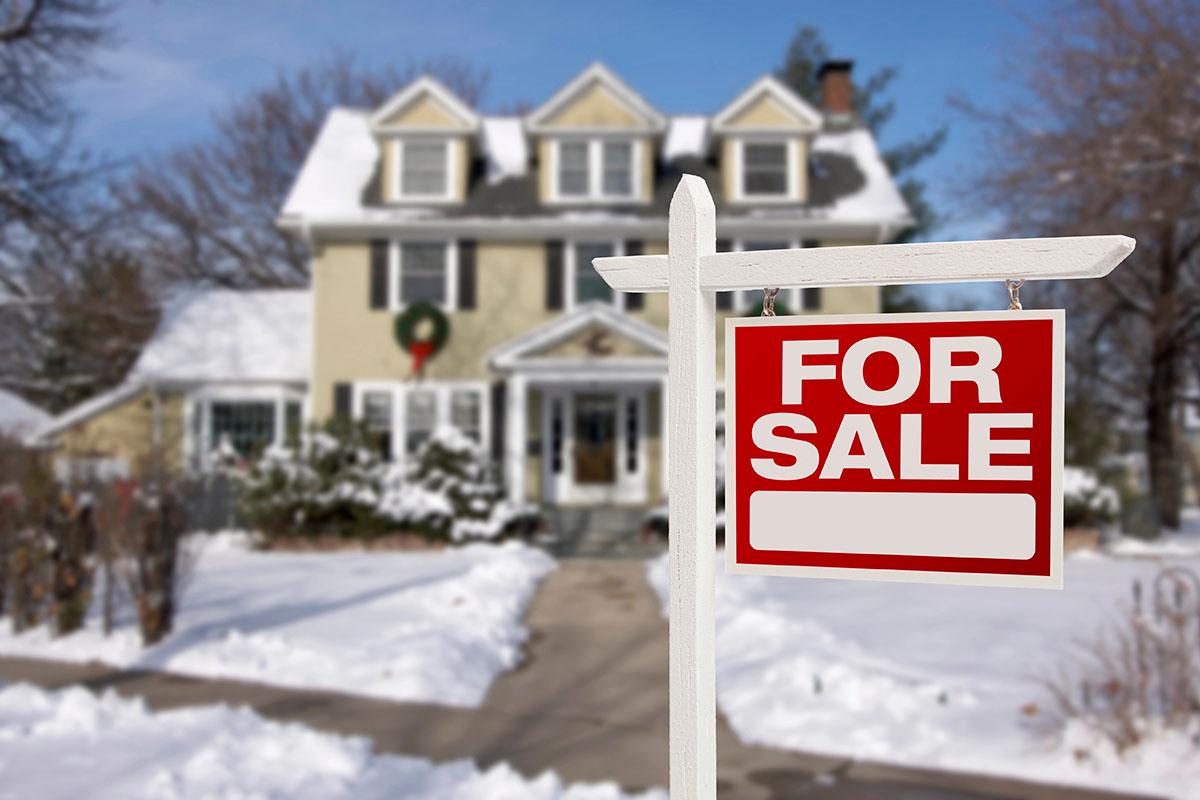For much of the country, “winterizing” a home involves snow blowers, ice melt, and bracing for blizzards. In Texas, our version of winter prep looks a bit different. While we may not face mountains of snow, our mild and often unpredictable winters present a unique set of challenges that can significantly impact a home’s condition and value.
Neglecting these Texas-specific maintenance tasks can lead to expensive repairs that are far from a buyer’s wish list. Whether you’re planning to sell in the spring or simply want to protect your long-term investment, completing this “winterizing” checklist is a crucial part of responsible homeownership. It’s about proactive maintenance, not reacting to a crisis.
1. Manage Water: The Foundation’s Biggest Enemy
The number one rule of Texas home maintenance is to respect the soil. Our expansive clay soil swells dramatically when wet and shrinks when dry, putting immense pressure on foundations. Winter is often our rainy season, making water management your top priority.
Gutters and Downspouts: Clean them out. A season’s worth of leaves and debris will cause water to overflow and saturate the soil directly against your foundation. This is a primary cause of foundation movement.
Drainage and Grading: Ensure that all downspouts extend at least five feet away from your home. Walk your property during a rain shower and look for areas where water pools. The ground should slope away from your foundation on all sides. Bringing in a bit of soil to correct the grade is one of the highest-return investments you can make.
Sprinkler System Check: Turn off your automatic sprinkler system. Winter rains are usually sufficient, and over-saturating one area of your yard while another remains dry can cause differential foundation movement.
2. Secure Your Home Against Pests
Texas pests don’t hibernate; they look for a warm place to spend the winter, and your attic and walls are prime real estate. Rodents, squirrels, and other critters can cause thousands of dollars in damage by chewing through electrical wires, destroying insulation, and creating unsanitary conditions.
Inspect the Exterior: Walk the perimeter of your home and look for any gaps larger than a quarter-inch, especially around pipes and utility entry points. Use steel wool and caulk to seal these openings.
Trim Your Trees: Cut back any tree branches that are touching or hanging over your roof. These act as a direct highway for pests looking to access your attic.
Secure the Attic: Check attic vents and gables for any damaged screens that would allow entry. A quick inspection now can prevent a costly pest remediation problem later.
3. Prepare for the “Blue Norther”: Plumbing and HVAC
Our winters are defined by their volatility. A sunny, 75-degree afternoon can be followed by a freezing night. These sudden temperature drops are when the most preventable damage occurs.
Insulate Exposed Pipes: Any pipes in your attic, garage, or along exterior walls are vulnerable. Inexpensive foam insulation sleeves are crucial for preventing a burst pipe—one of the most common and damaging home disasters during a Texas freeze.
Disconnect Hoses and Cover Faucets: Disconnect, drain, and store your garden hoses. Water trapped in a hose or faucet can freeze, expand, and crack the pipe inside your wall, a problem you might not discover until spring. Use inexpensive insulated covers for all exterior spigots.
Service Your Heater: Your HVAC system has been dormant for months. Have it professionally serviced before the first cold snap. A failed heater is not only uncomfortable; it’s the primary defense against your pipes freezing. Technicians are swamped once the cold arrives, so proactive service is essential.
4. Check Your Roof and Chimney
Winter winds and rains will quickly expose any weaknesses in your home’s primary shield.
Roof Inspection: Look for any missing, cracked, or curling shingles. Pay close attention to the flashing around vents and chimneys, as these are common leak points. A small roof repair now can prevent a major interior water damage claim later.
Chimney Sweep: If you have a wood-burning fireplace, have it professionally cleaned. Creosote buildup from past fires is a serious fire hazard. Ensure the damper is functioning correctly to prevent heat loss when not in use.
FAQs
How can I tell if I have a foundation issue starting?
Look for new or expanding cracks in your interior drywall (especially over doors and windows), exterior brick, or the foundation slab itself. Doors that suddenly stick or don’t latch properly can also be a sign of foundation movement.
Is it really necessary to cover my outdoor AC unit for a Texas winter?
It’s a good practice. While you don’t need a full-wrap cover (which can trap moisture), a simple cover over the top of the unit can protect it from falling leaves and debris, and offer some protection from the rare hailstorm.
My house is on a slab. Do I still need to worry about pipes freezing?
Yes. While many pipes are protected within the slab, you likely have pipes running through exterior walls (to kitchen sinks or laundry rooms) and in your attic that are highly susceptible to freezing during a hard freeze event.
How much does Texas winterizing typically cost for an average home?
Basic winterizing costs are minimal, typically $50-150 for supplies like pipe insulation, caulking, weatherstripping, and HVAC filters. Professional services like HVAC inspection ($75-150) or gutter cleaning ($100-200) add to costs but prevent expensive problems. The total investment is usually under $500 and protects against thousands in potential freeze or weather damage. For homes preparing to list, this maintenance also prevents inspection issues that could cost far more to address during negotiations.
Will buyers care about winter preparation if we’re selling in spring?
Yes, indirectly. The condition your home is in during spring directly reflects how well it weathered winter. Homes showing water stains, recent plumbing repairs, roof damage, or HVAC issues raise questions about maintenance history. Proper winter preparation ensures your home enters spring listing season in top condition without damage that reduces value or scares buyers. Inspections will also reveal deferred maintenance that winter weather exposed or worsened.
Should we winterize differently for a vacant home vs. one we’re living in?
Yes. Vacant homes face higher freeze risks because no one’s there to respond to temperature drops or problems. Consider having plumbing professionally winterized if the home will be empty during potential freeze periods. At minimum, set heat to 55 degrees continuously, insulate all exposed pipes thoroughly, and arrange for someone to check the property regularly during cold weather. Homes being lived in just need the standard precautions like pipe insulation and dripping faucets during freezes.
Protecting Your Investment Year-Round
Whether you’re maintaining a home you plan to keep for years or preparing a property to list when the spring market arrives, these simple maintenance tasks protect your investment and prevent problems that cost significantly more to fix than to prevent.
The homes that enter selling season in the best condition are the ones that were properly maintained throughout winter. No water stains from burst pipes, no roof damage from unaddressed issues, no HVAC problems discovered during buyer inspections. Just well-maintained properties ready to show and sell without complications.
Take a weekend before winter weather arrives and work through this checklist. The time investment is minimal, the costs are reasonable, and the protection for your property value is substantial. Your future self (and possibly your future buyer) will appreciate the effort.




